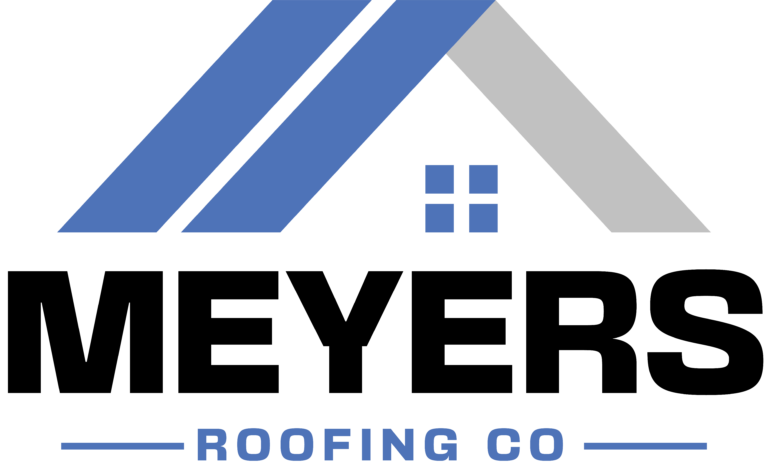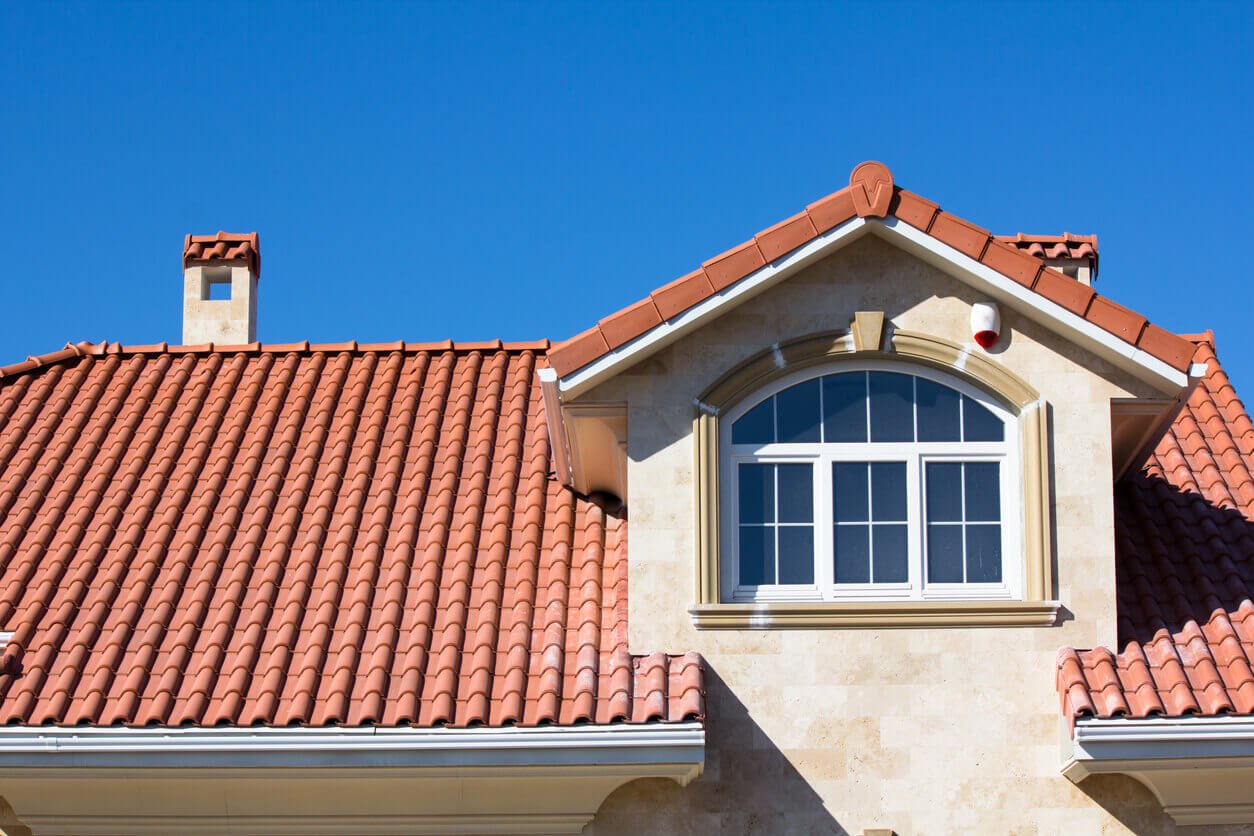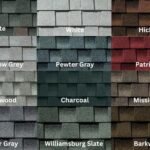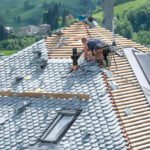The Ultimate Guide to Tile Reset for Your Roof
Guide to Tile Reset: Tile roofs aren’t just stunning—they’re a legacy cloak, sheltering your family for decades. But if cared for properly, these roofs can last for decades, with plenty of charm and durability. However, one of the more critical maintenance operations that you can do, to maintain their strength, is a tile reset.
In this blog post, we will explore the definition of a tile reset, the importance of a tile reset, early roof replacement, the benefits of a tile reset, the tile reset process and how to tell when your roof needs a reset. Don’t wait for the damage to set in; give your home the confidence to protect itself, and contact us today!
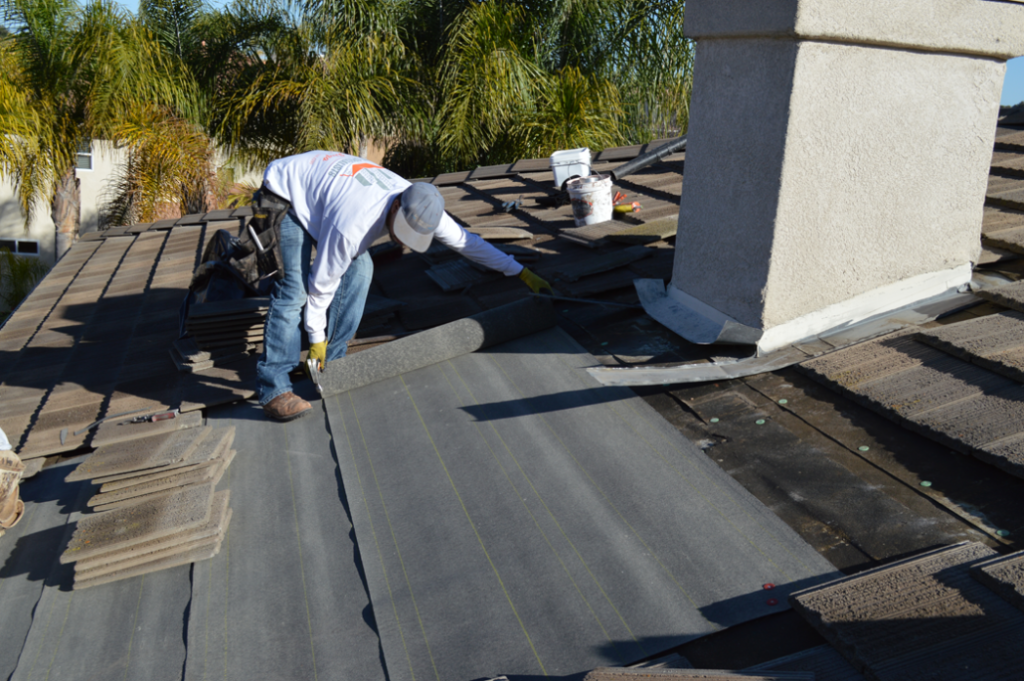
What is a Tile Reset?
When a tile reset is done, old roof tiles are taken off, the underlying materials are inspected and repaired, and the original tiles are reinstalled. This also gives you the opportunity to fix any underlayment, flashing, or damage to the roof deck (ex. cracking from old tile, rot from leaks), while reusing existing tiles if they are still intact.

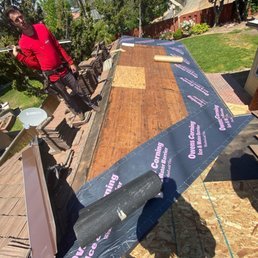
What Do We Need a Tile Reset For?
Underlayment Deterioration
Underlayment: This isn’t an aspect of your roof that we often think of, but it is a critical part of your roofing system that serves as a secondary barrier to water finding its way in. Even if the tiles themselves are intact, over time exposure to the elements can cause it to degrade.
Leaks and Water Damage
Leaking is more of a problem of the underlayment than the tiles. Whereas a tile reset provides an opportunity to replace damaged underlayment, preventing further water damage to your home.
Longevity and Cost Efficiency
Tiles can last for a considerable time, while the underlayment generally does not last as long. Double-tile restoration extends the life of your existing tiles and is more cost-effective than a complete roof replacement.
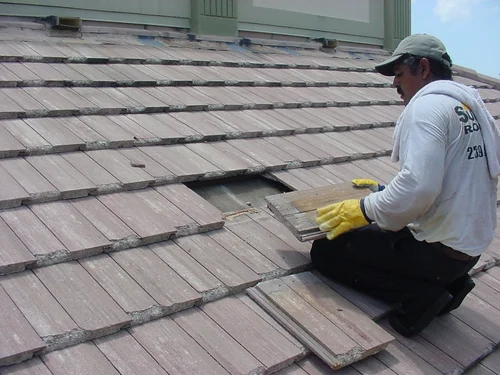
Benefits of a Tile Reset
Cost Savings
Tile resetting is usually less expensive than a total roof replacement, because the original tiles will be reused. It cuts material and labor costs, in other words.
Aesthetic Consistency
Your roof keeps its original appearance when you reuse your original tiles, giving you aesthetic harmony with the rest of your home.
Improved Performance
Also, putting new, high-quality underlayment in place of older, worn-out materials improves your roof’s overall performance, helping to increase its water resistance, for better home protection.
Environmental Impact
A tile reset is eco-friendly because it reuses existing tiles. The strongest argument for using a recycled membrane is not only the reduction of waste, but also the reduction of raw materials needed for a roof, leading towards more sustainable roofing processes.
Component Materials Of A Tile Reset
Underlayment
The underlayment is a critical element within every roofing program it acts as a protective barrier between the roof deck and also the tiles. Especially with tile resets, a good underlayment is critical to your long-term protection and success.
Best Value: ULD Synthetic Underlayment
ULD Synthetic Underlayment ULD Synthetic Underlayment is the best choice for tile resets because it is the best for durability and performance. Unlike conventional felt underlayment, ULD is developed from synthetic products that have exceptional resistance to tearing, dampness, and UV damage, according to Lowe’s. The underlayment is highly resistant to moisture, which helps to decrease leaks and extend the lifespan of your roof, as a result.
Flashing
Flashing is the material used to seal joints and edges to protect the roof, specifically around areas where the roof intersects with vertical features like chimneys and skylights. It protects the roof from moisture penetration and damage.
Best Choice: Metal Flashing
Metal flashing — usually aluminum or galvanized steel — is very durable and resistant to corrosion. It channels water away from sensitive parts of the roof so that it achieves excellent leak protection. Replacing or fixing damaged flashing is essential to keeping the roof’s integrity during a tile reset.
The Tile Reset Process
Inspection
The condition of the tiles and underlayment is thoroughly examined. High-care zones, including valleys, ridges and flashing factors, get additional attention. Signs of water damage, leaks, or structural problems are noted for further investigation and repair.
Preparation
Upon completion of the inspection, the roof is reset. This includes removing debris like leaves, branches, or dirt from the roof that can get in the way of the repair process. For those cases, we pressure wash to eliminate stubborn grime and achieve a clean working surface.
Lifting and Resetting Tiles
Professional roofers carefully leverage each tile with a special tool without damaging adjacent tiles or the structure underneath. Check for any moisture, water leaks or other damage. Tiles that are damaged or incorrectly situated are removed and replaced, while tiles that can be salvaged are cleaned and prepared for resetting. The tiles are subsequently reset and bonded in place with proper adhesives, fasteners, or mortar, as well as with spacers to ensure correct alignment.
Finishing Touches
Once the tiles are re-installed, the last inspection checks that all repairs are done. Debris and loose material is removed from the roof surface and nearby areas. You are experiencing mold removal, and gutters and downspouts are being inspected and cleaned to ensure proper drainage and prevent future water damage.
When Your Roof Should Be Tile Reset
Visible cracks or damage
Misaligned or displaced tiles
Roof surface is sagging or uneven
Leaks or water stains
Loose or missing tiles
Mold or mildew growth
Visible wear and tear
Increased energy bills
Age of the roof
Previous damage repairs
However, it’s imperative to take care of these problems quickly to avoid additional harm to your home. An underlayment replacement is best done before the old material allows moisture through to your decking.
Tile Reset Cost Factors
This procedure is far more economical than having to replace the entire roof. The average spent on replacing Tile roofs is as follows: Substituting underlay 26000 dollars to 29,000 dollars, and full Tile Roof Replacement 30,000 dollars to 60,000 dollars. This is why your roof’s integrity can be maintained and its longevity extended by opting for a tile reset.

Book an Appointment For Inspection With Meyers Roofing Company
If you don’t know whether your tile roof requires a lift and reset, it’s imperative that you have a professional inspect it. All roofs need regular inspections to be able to catch small issues before they become major issues that will damage your roof.
We are a tile roofing specialized company, offering tile roof maintenance, tile resets and more. Our expert staff will assess and report their findings, as well as make any repairs you need to ensure your roof stays in good working order. Call today for your inspection and a no-obligation estimate.
Choosing Meyers Roofing Company to restore your tile guarantees the ongoing protection and aesthetics of your home, making an eco-conscious and budget friendly decision. We’re here to help you protect the lifespan and quality of your tile roof.
FAQs
❓ Where are we going to reset my roof tiles?
➡️ Roof tiles dislocate, break or loosen over time because of weather, age and wear. Re-setting them helps to provide protection, avoid leaks and keep your house secure and in one piece!
❓ How can I tell if my roof needs to be reset with tile?
➡️ If you see loose, cracked or missing tiles, water stains on ceilings, or debris in gutters, it’s time to take action before expensive damage is done!
❓ Can I reset the tiles on my own?
➡️ Roofs are dangerous to work on, even if you can do it yourself, and bad resets can do more harm than good. For safety and long-lasting results, hiring a professional is always the better option!
❓ How long does it take to reset a tile?
➡️ It can take a day or longer, depending on your roof’s size and condition. Trust us though—spending time on a solid, sturdy roof is time well spent!
❓ Is a tile reset expensive?
➡️ And it’s much more cost-effective than a complete roof replacement! Consider it an investment in the future of your home, preventing you from needing costly repairs down the road.
